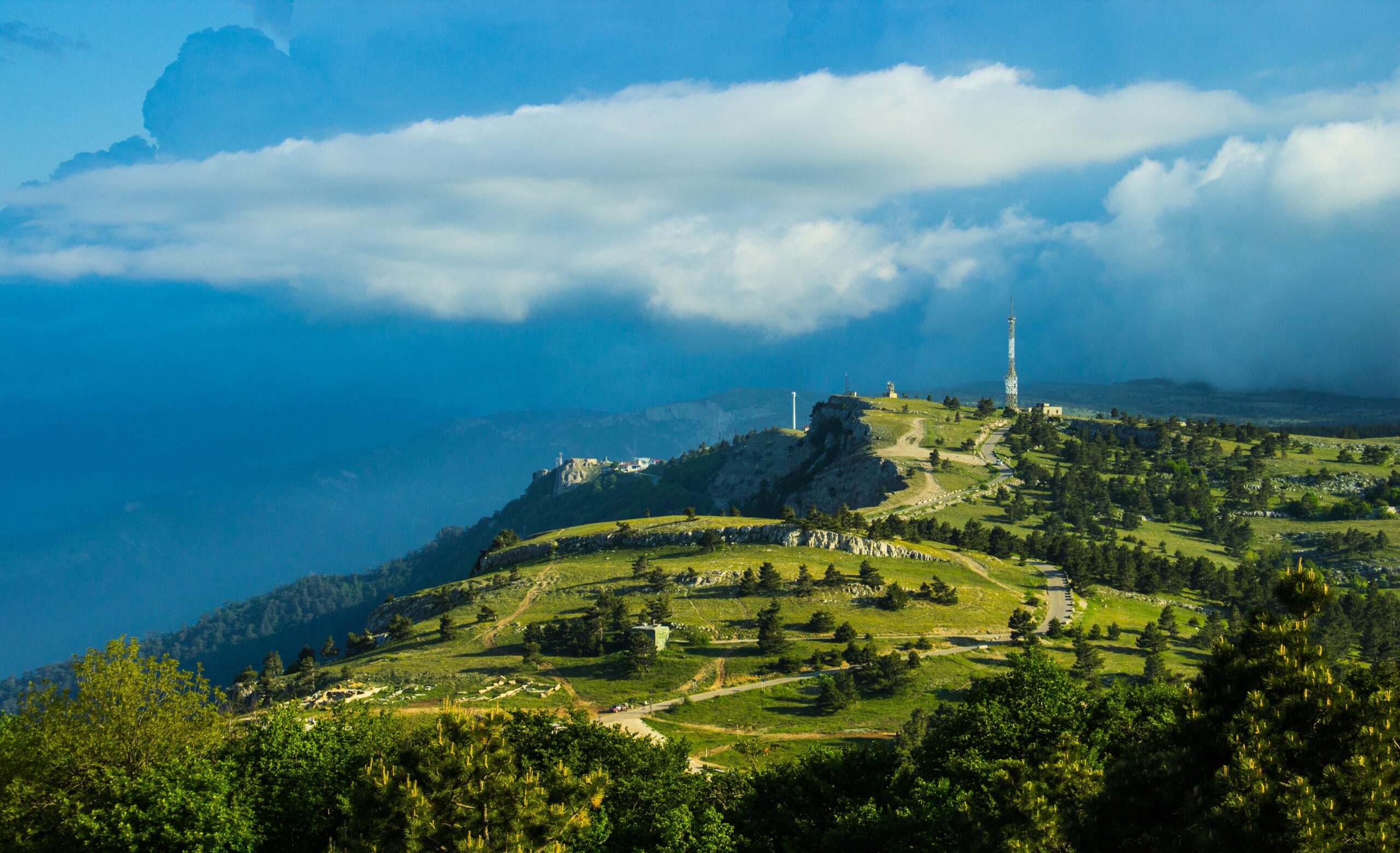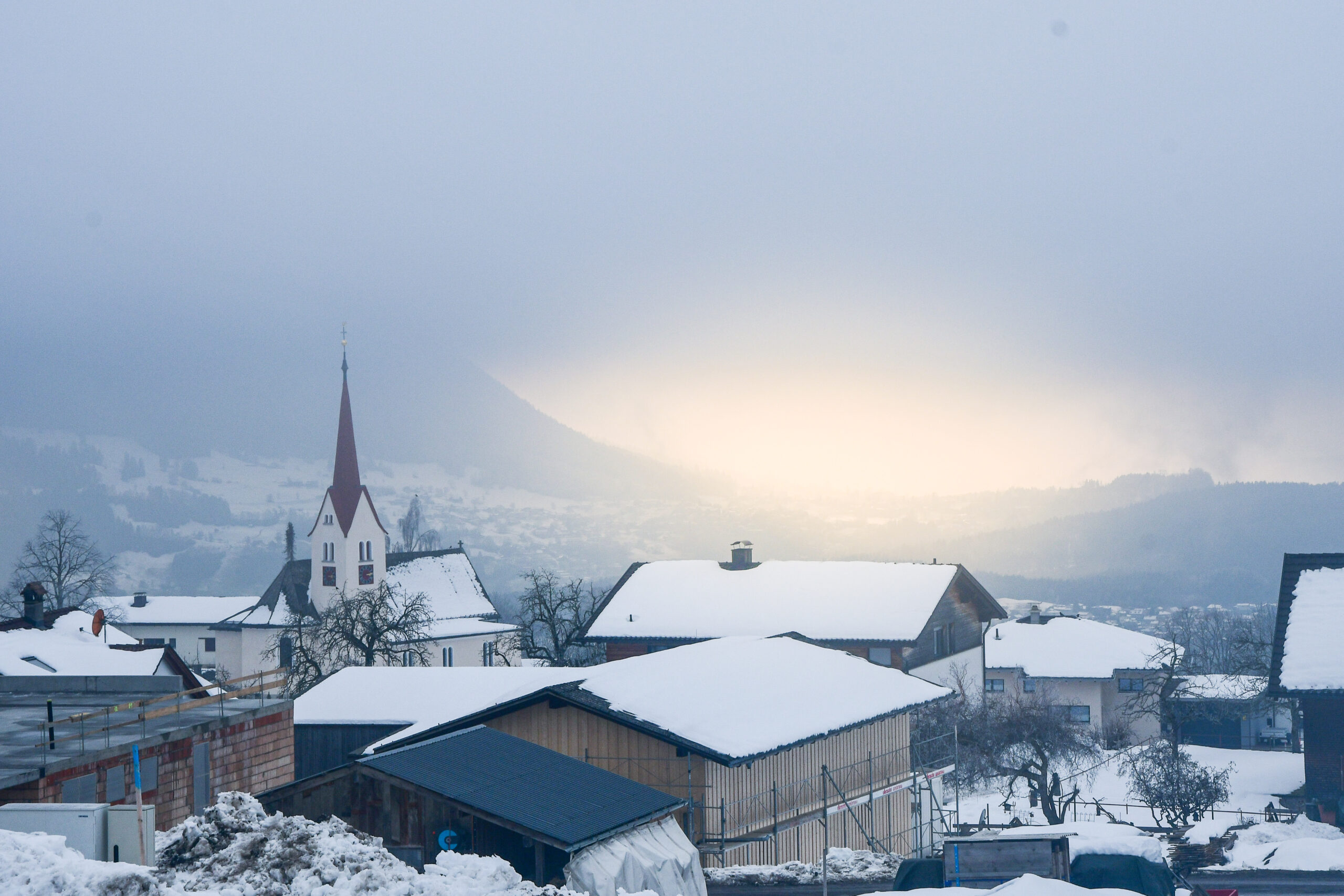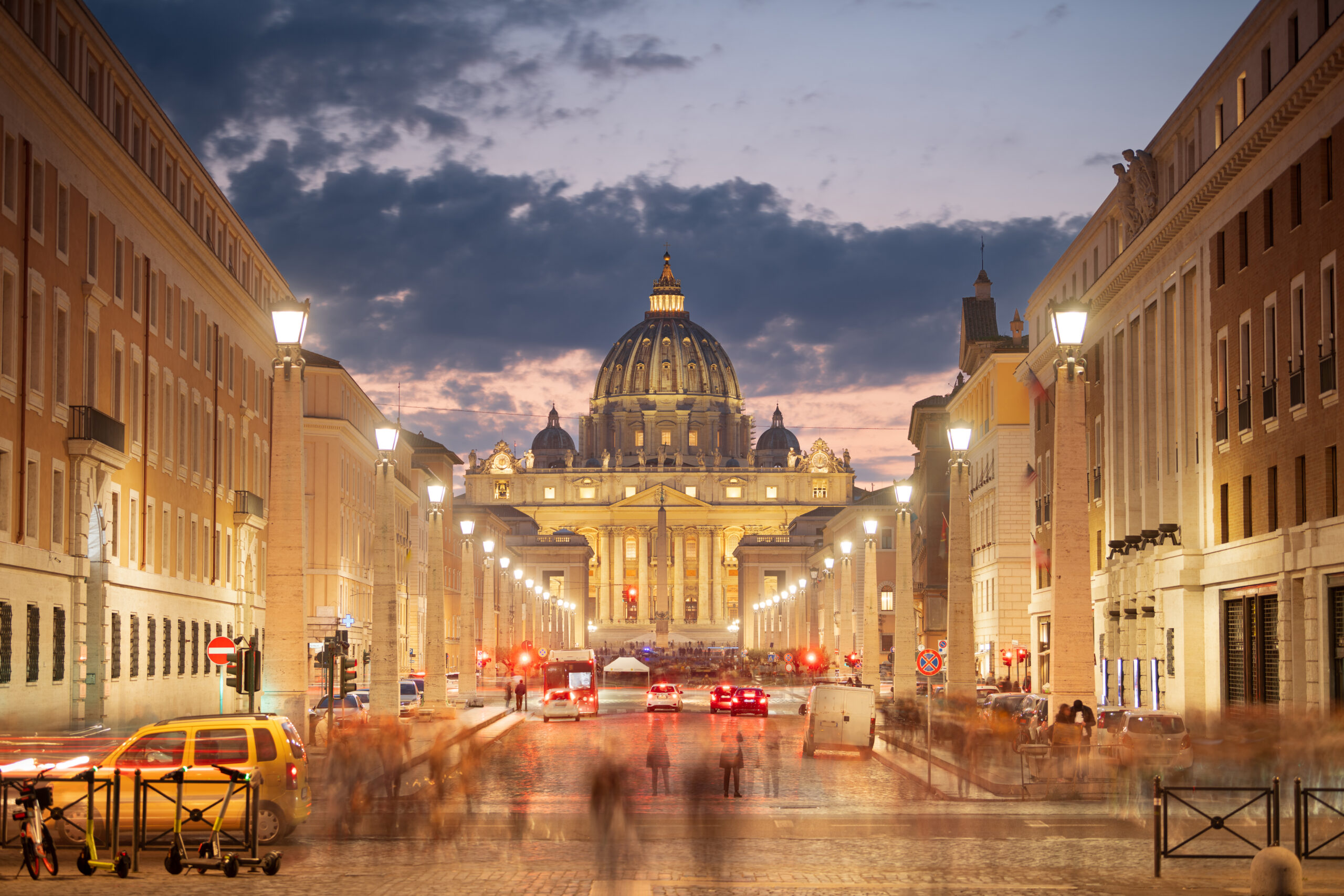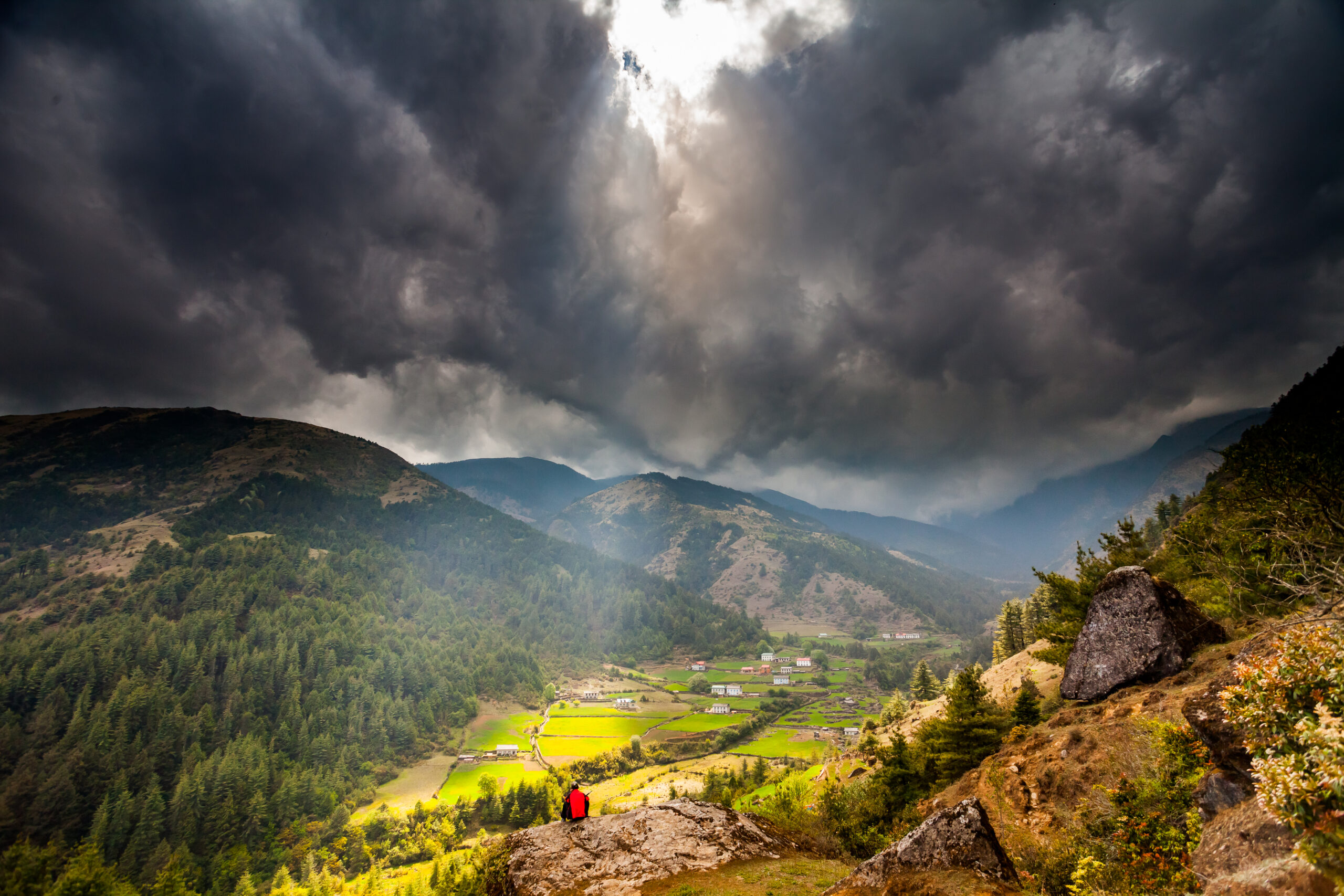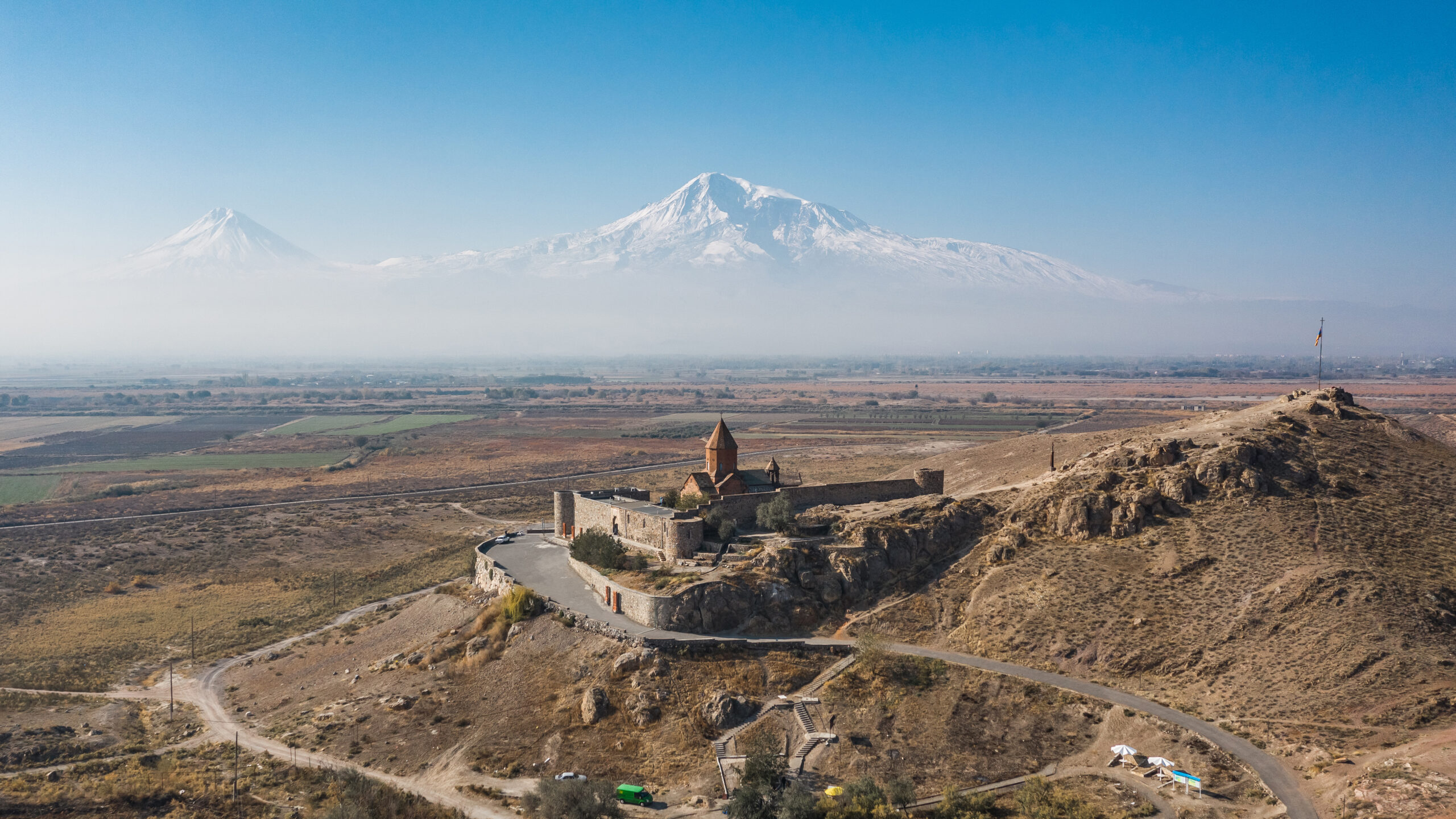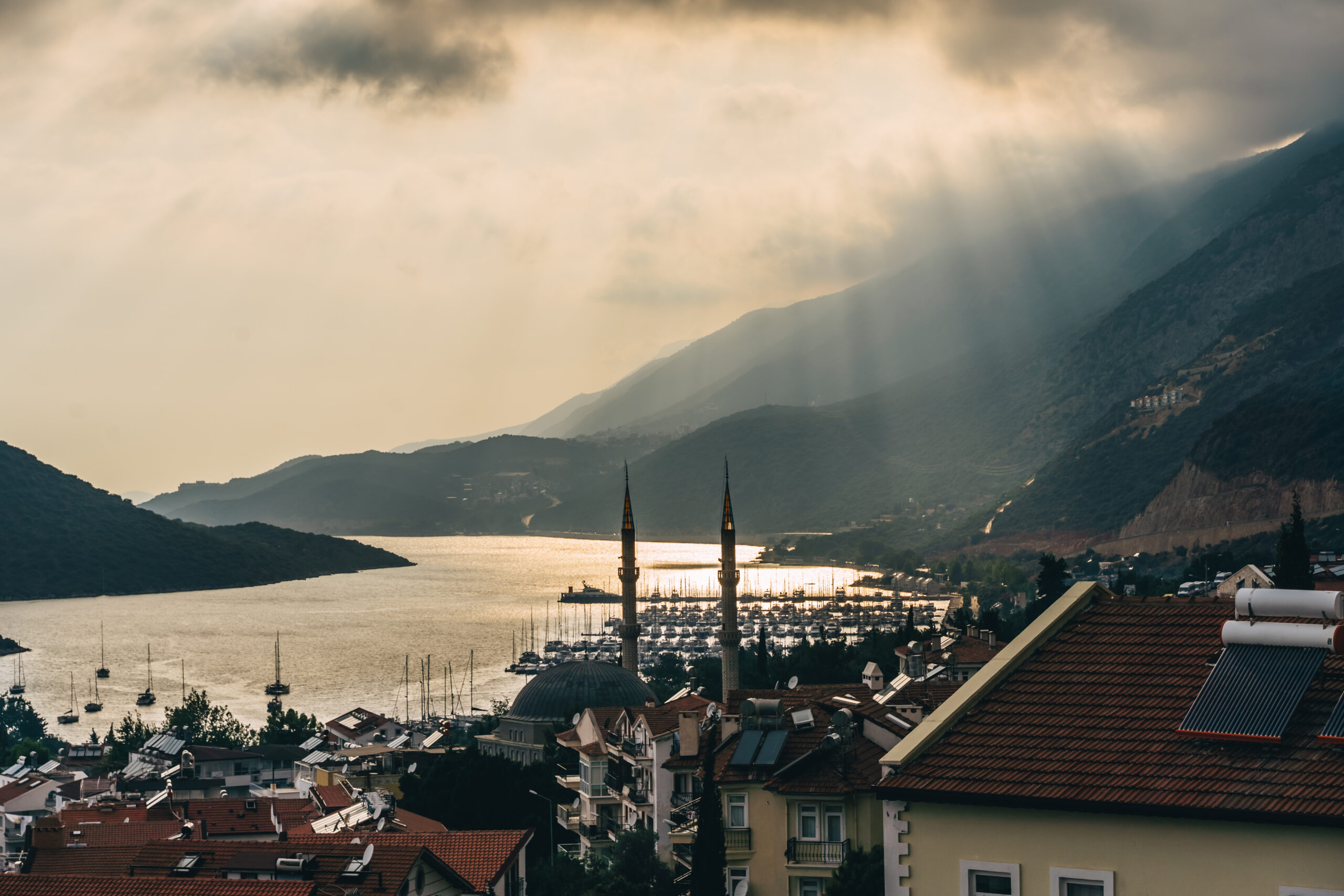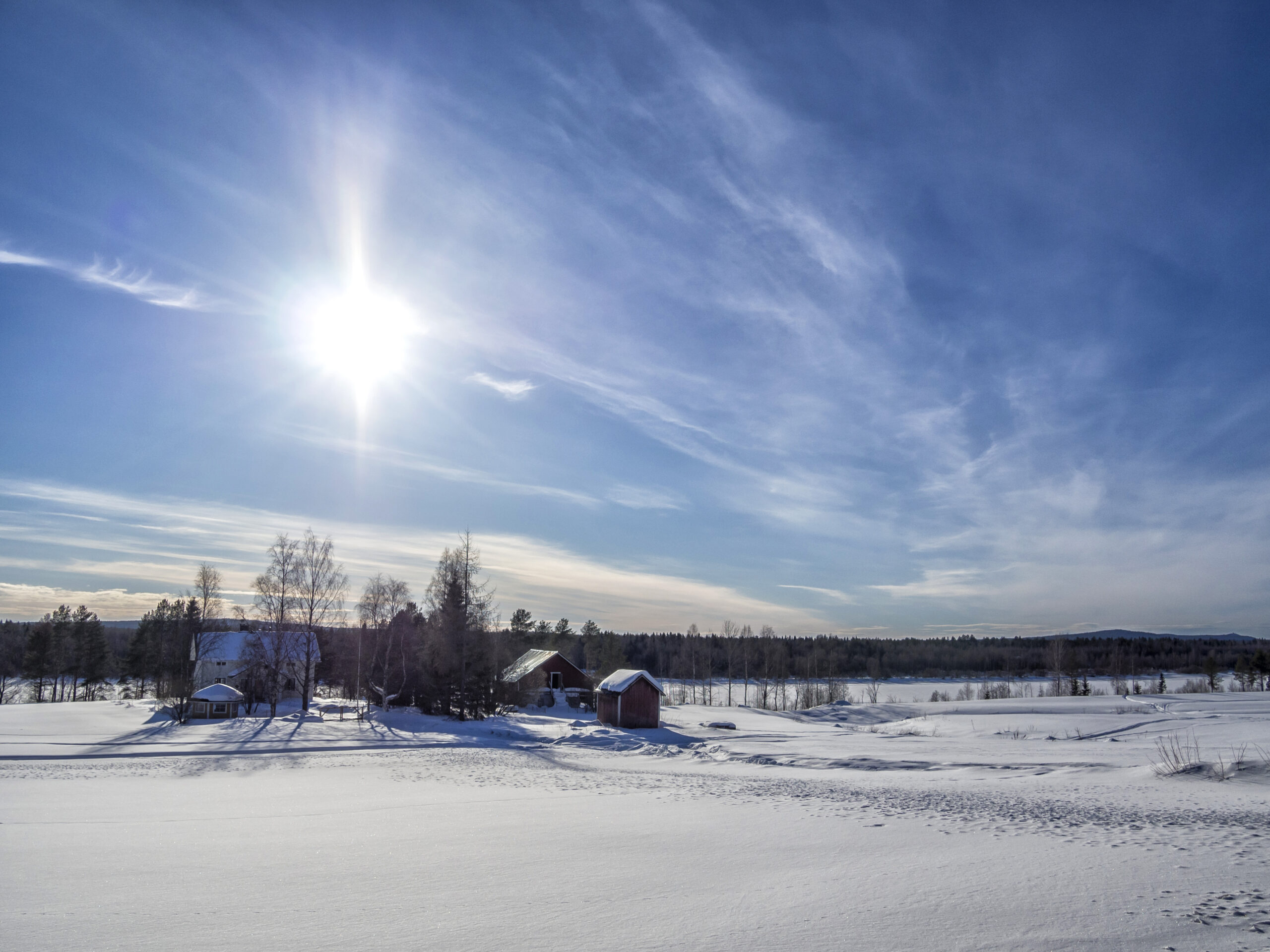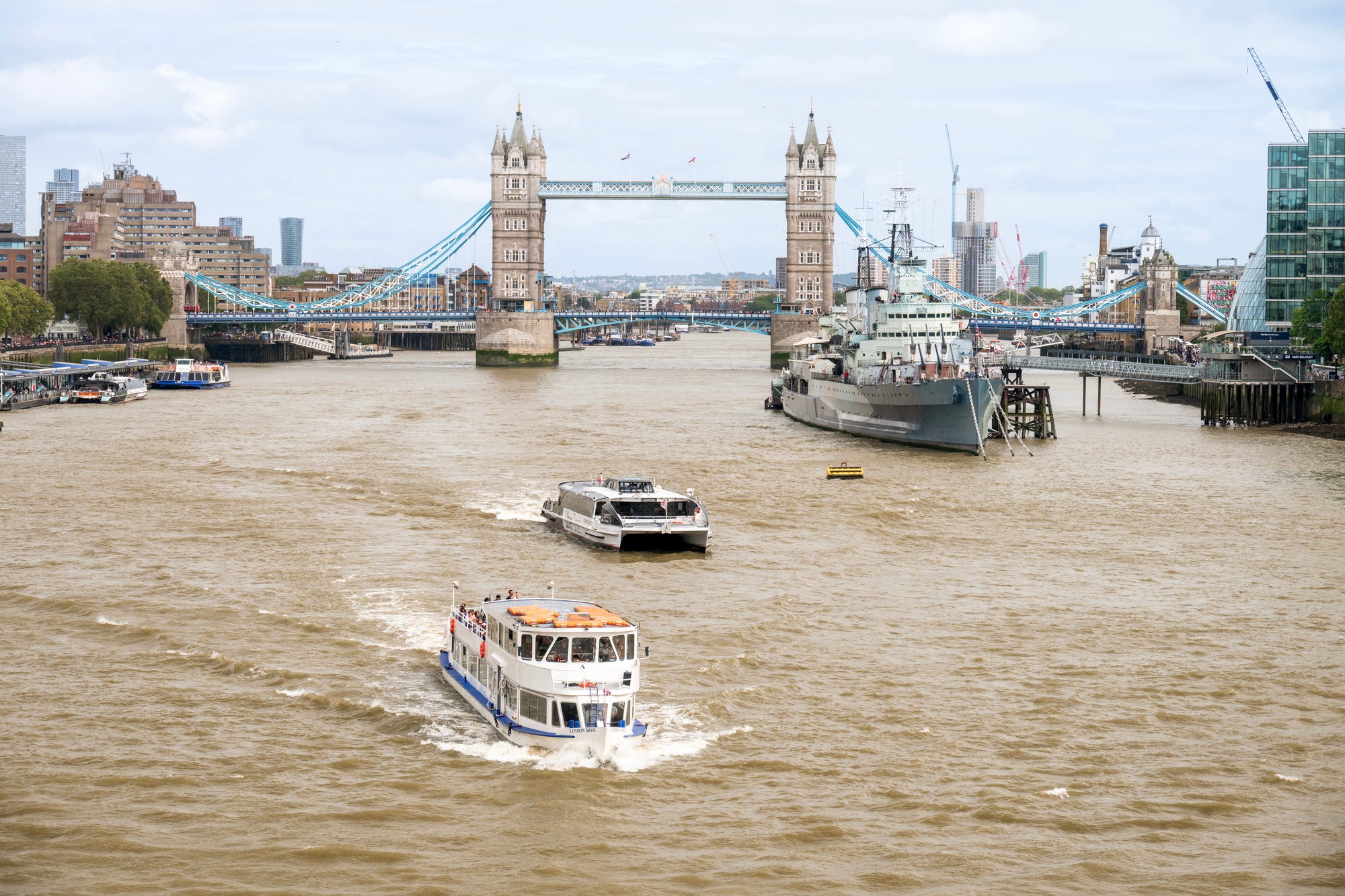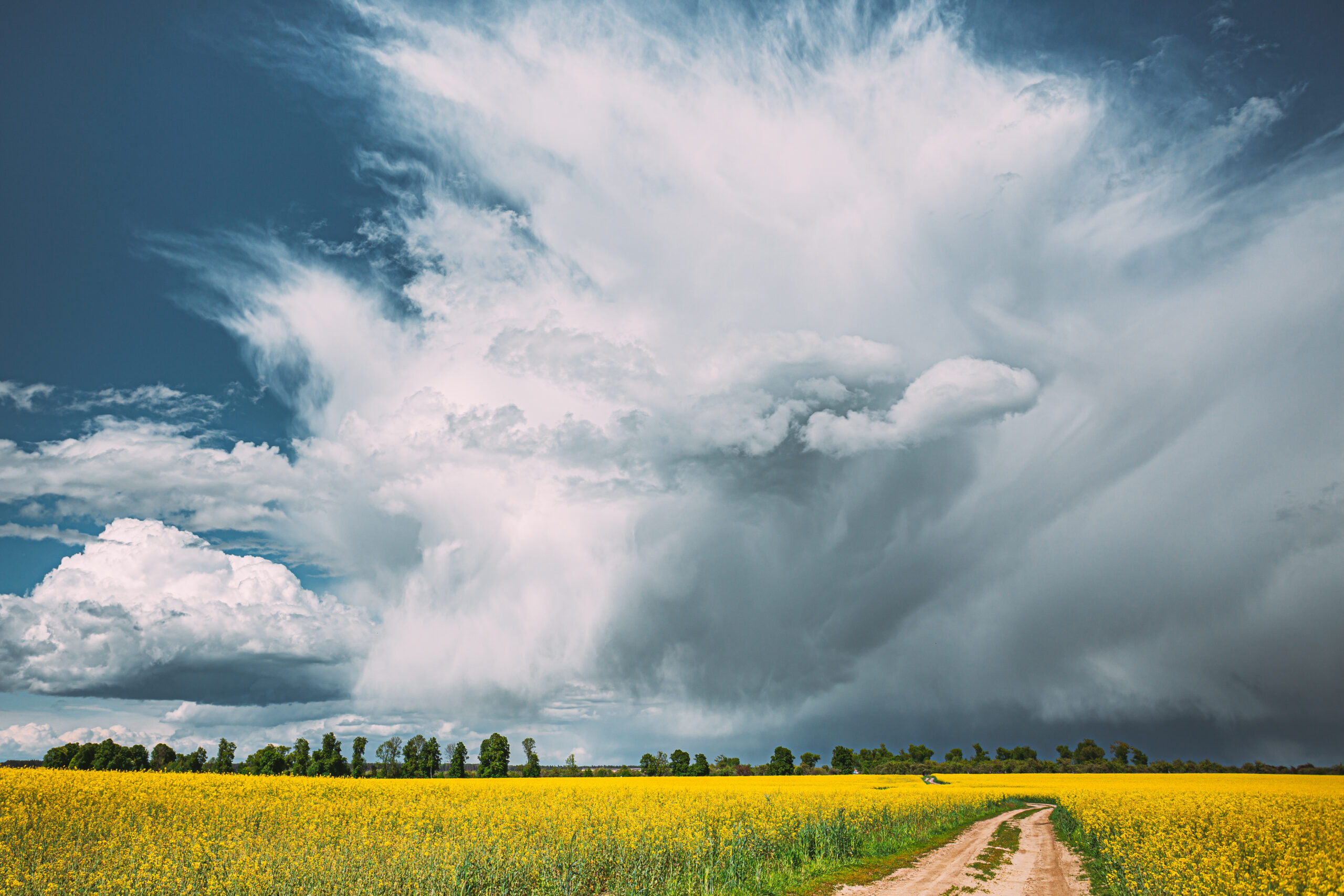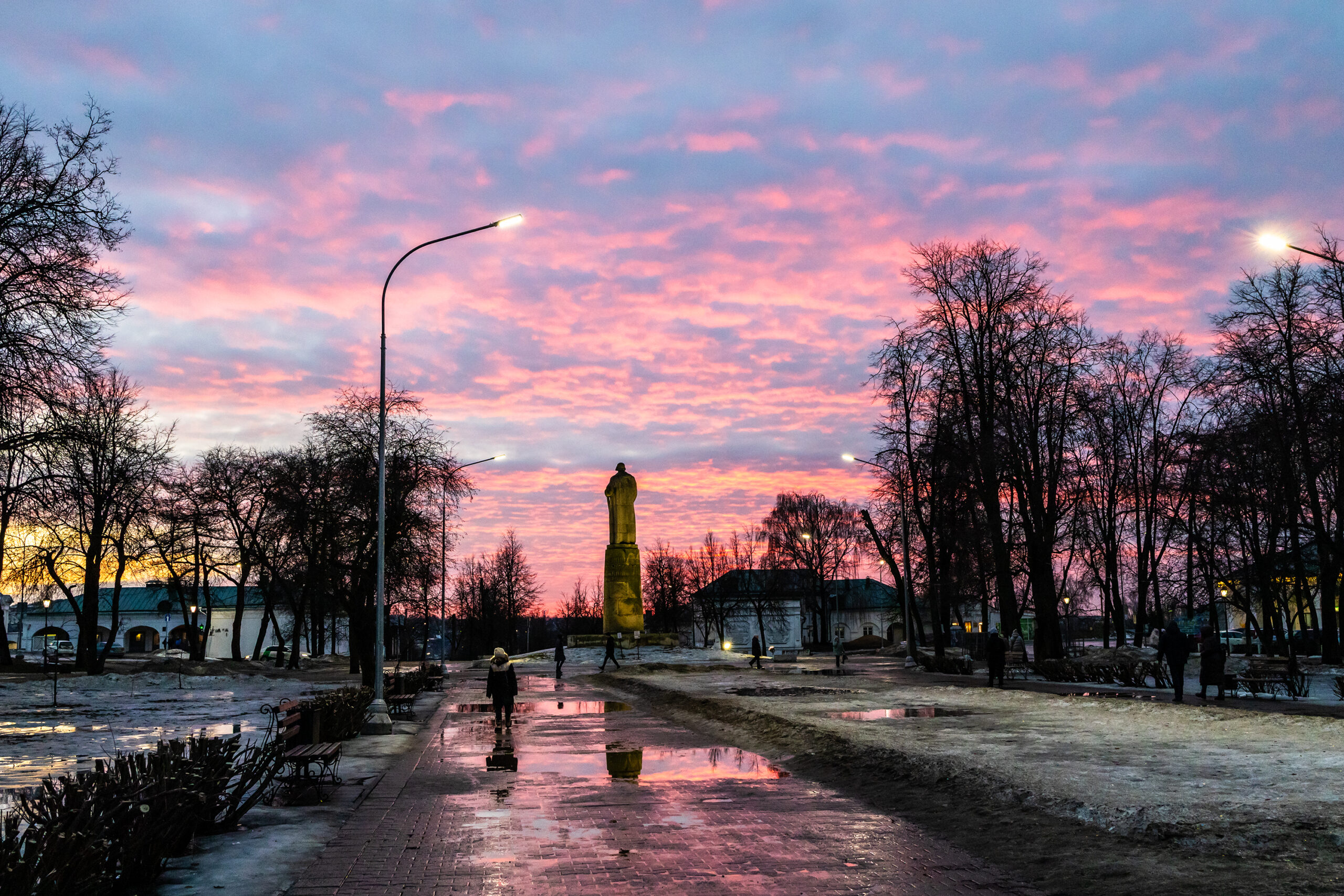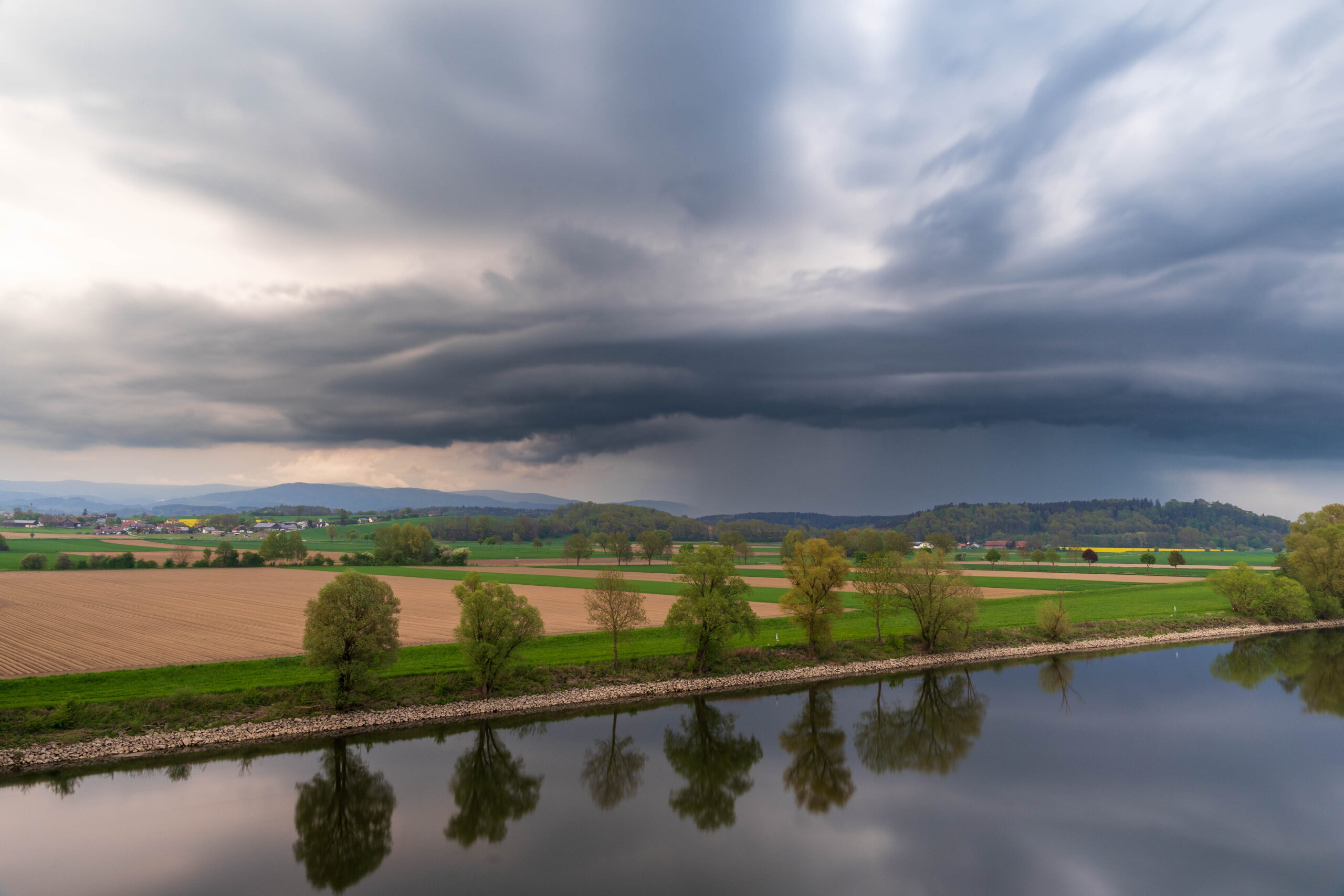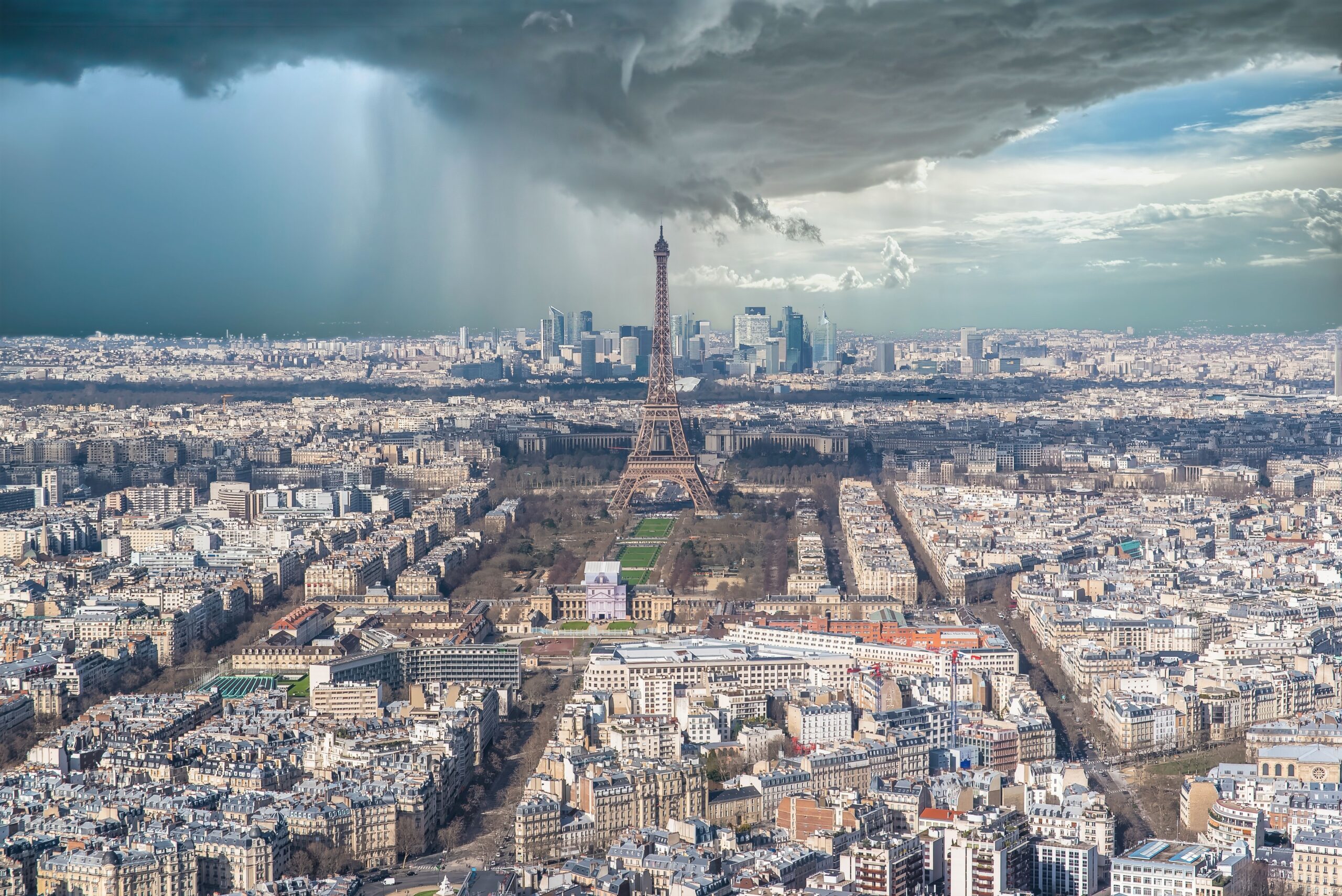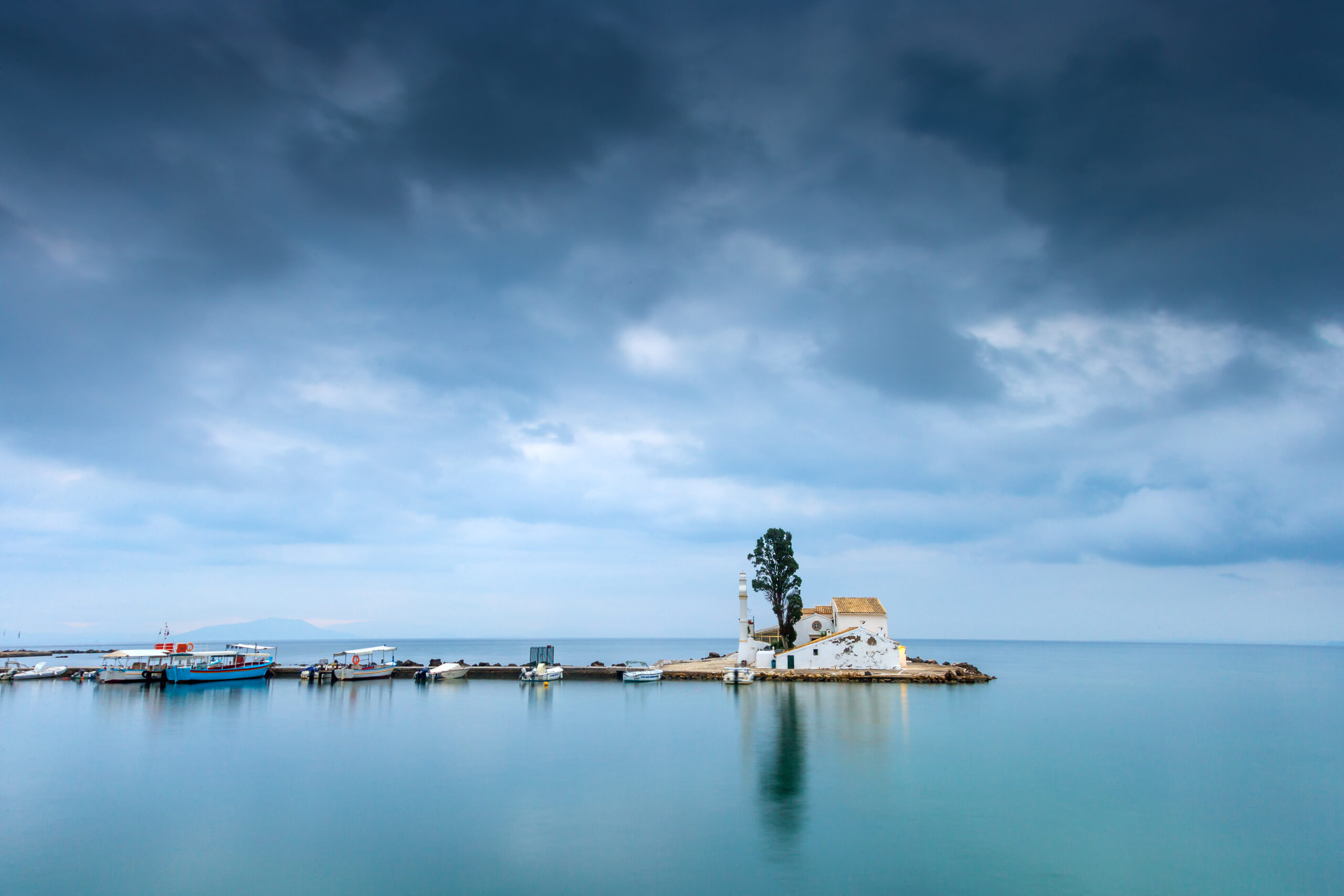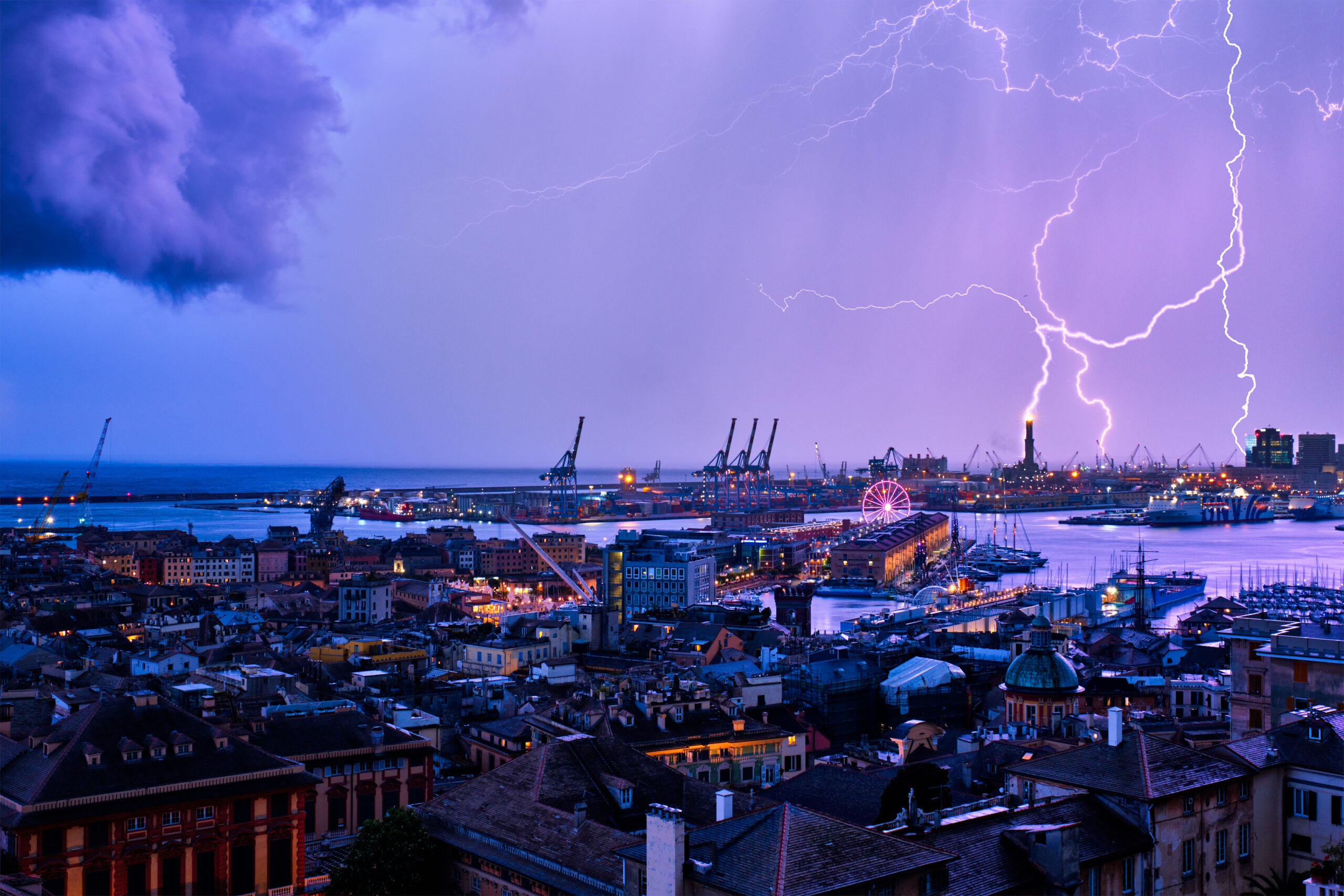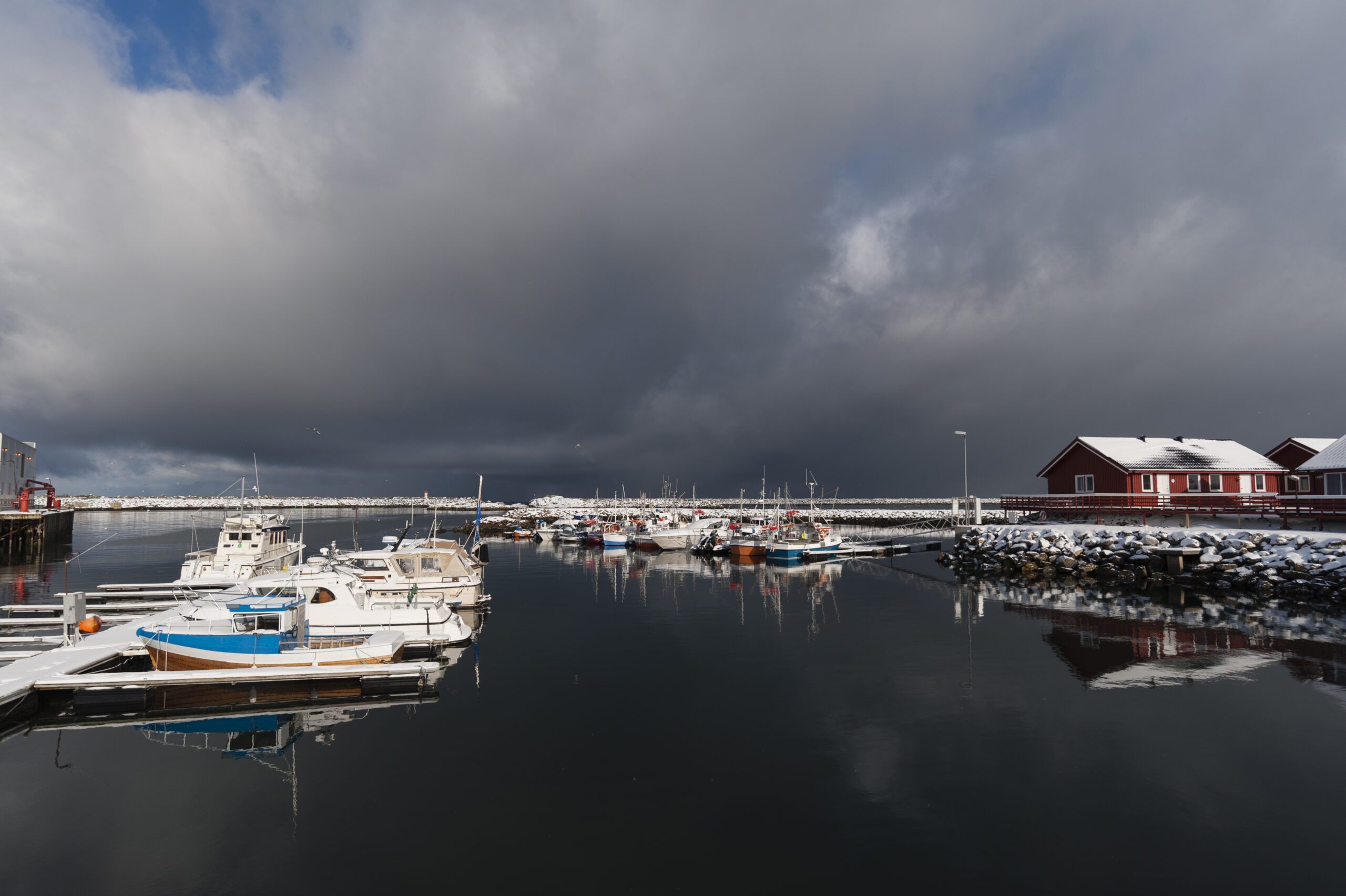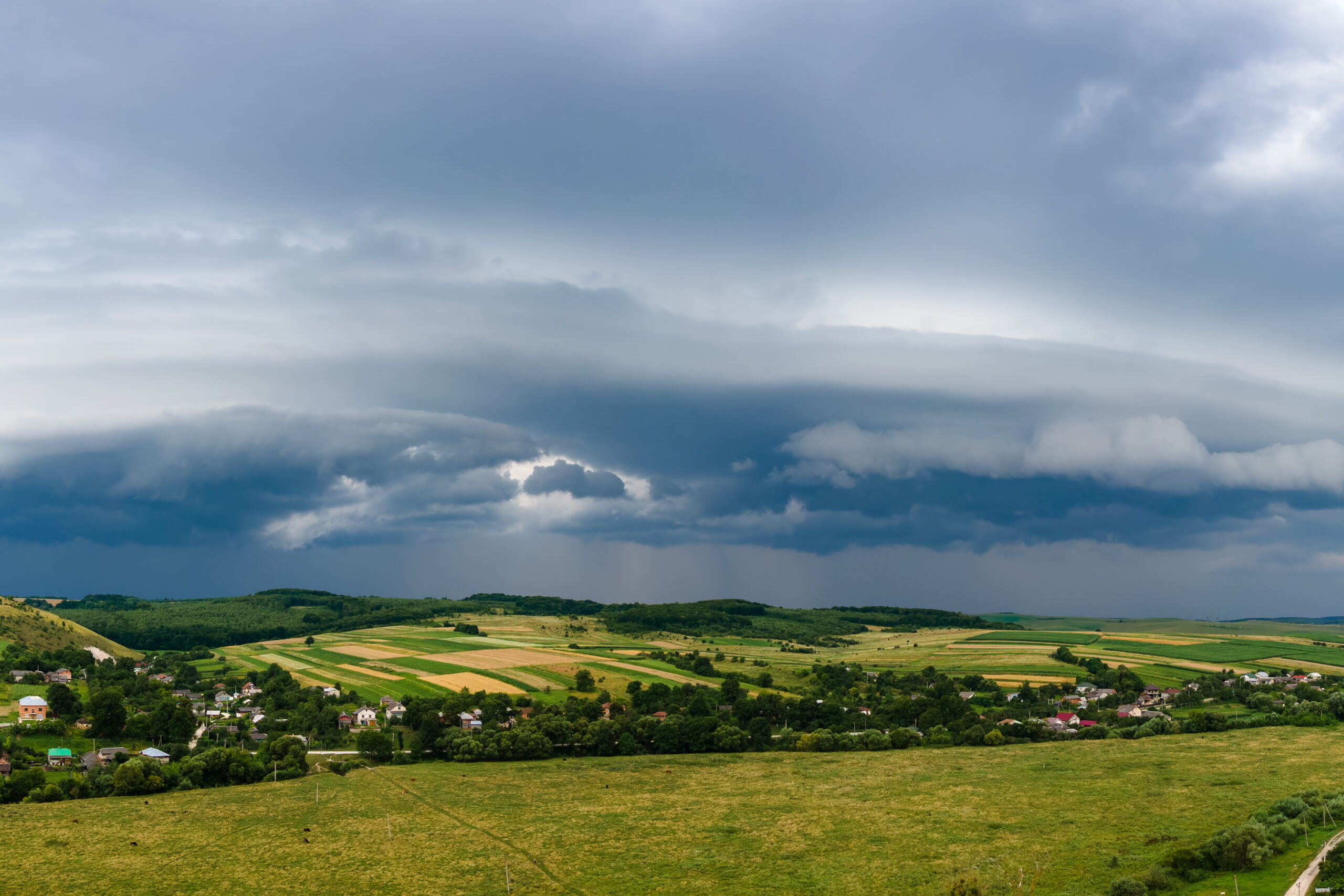Latest posts by MRPM Woodman (see all)
- Aries ♈ - November 25, 2025
- Template - November 13, 2025
- Albania Weather Report Free updated Hourly 2025 - September 23, 2025

Paul (Poison Fish) Manjyu Woodman
Hokkaido Region
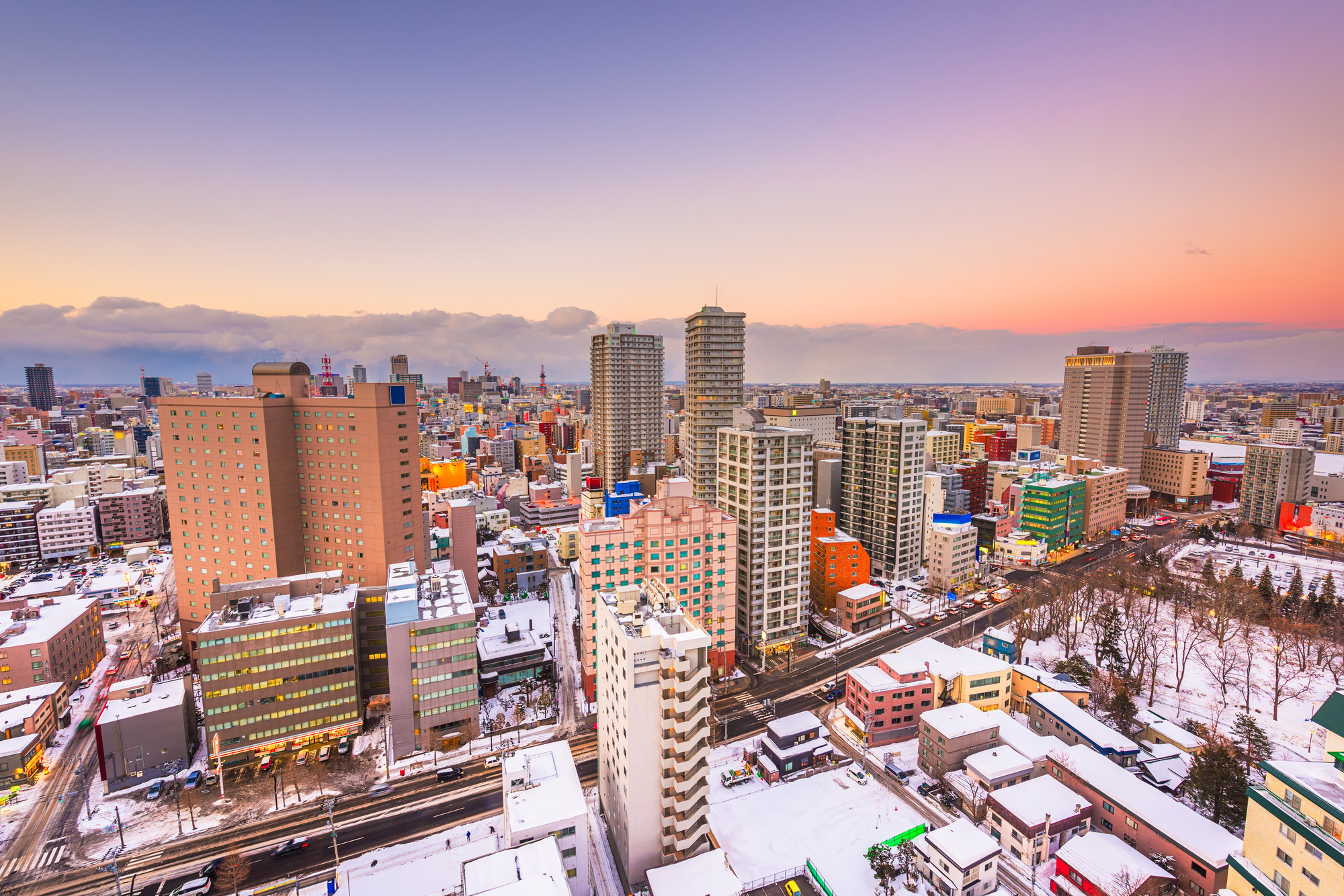
United Kingdom
🇯🇵 Hokkaido Region Weather Report – Month-by-Month Overview
🌨️ January
Brutally cold. Coastal cities like Sapporo average −6 to −1°C, while inland and mountainous zones plunge below −15°C. Heavy snowfall blankets ski resorts like Niseko and Furano. Blizzards and whiteouts are common.
🌨️ February
Still deep winter. Highs reach −5 to 0°C. Snow remains consistent across the region. Ice festivals peak, including the iconic Sapporo Snow Festival. Winds from the Sea of Japan intensify cold spells.
🌧️ March
Winter begins to loosen its grip. Temperatures rise to 0–6°C. Snowfall decreases in southern areas, replaced by rain and slush. Ski season continues in higher elevations. Early signs of spring emerge.
🌸 April
Spring arrives slowly. Highs reach 7–13°C. Snow retreats inland. Cherry blossoms bloom late in the month, especially in Hakodate and southern Hokkaido. Rain showers alternate with crisp sunshine.
🌼 May
Mild and fresh. Temperatures climb to 13–19°C. Blossoms peak in northern cities like Asahikawa. Rainfall is light. Ideal for hiking, cycling, and nature excursions. Greenery returns to forests and parks.
🌦️ June
Rainy season begins. Highs range from 17–23°C. Humidity rises. Afternoon showers are frequent, especially in coastal zones. Rivers swell, and farmland flourishes. Fog appears in mountainous areas.
🌧️ July
Warm and wet. Temperatures reach 21–27°C. Rainfall peaks early, then tapers off. Summer festivals begin. Evenings stay humid and breezy. Coastal areas offer relief from inland warmth.
☀️ August
Warmest month. Highs remain between 22–28°C. Rain is infrequent. Sunshine dominates. Popular for camping, hiking, and beach visits. Fireworks festivals light up cities like Otaru and Sapporo.
🌧️ September
Cooling begins. Temperatures ease to 17–24°C. Rain returns due to typhoon remnants. Nights grow cooler. Early autumn foliage appears in higher elevations like Daisetsuzan. Harvest season begins.
🍂 October
Crisp and colorful. Highs drop to 10–17°C. Rainfall decreases. Fall colors peak across forests and national parks. Clear skies and brisk air make it ideal for scenic drives and photography.
🌫️ November
Chilly and gray. Highs hover around 4–10°C, with lows near freezing. Rain and sleet are common. Fog blankets valleys. Snow begins in northern and inland areas. Winter coats become essential.
🌨️ December
Winter returns. Temperatures range from −5 to 2°C. Snowfall resumes across the region. Ski towns open for the season. Coastal cities see more sleet and wind. Illuminations brighten urban centers.
